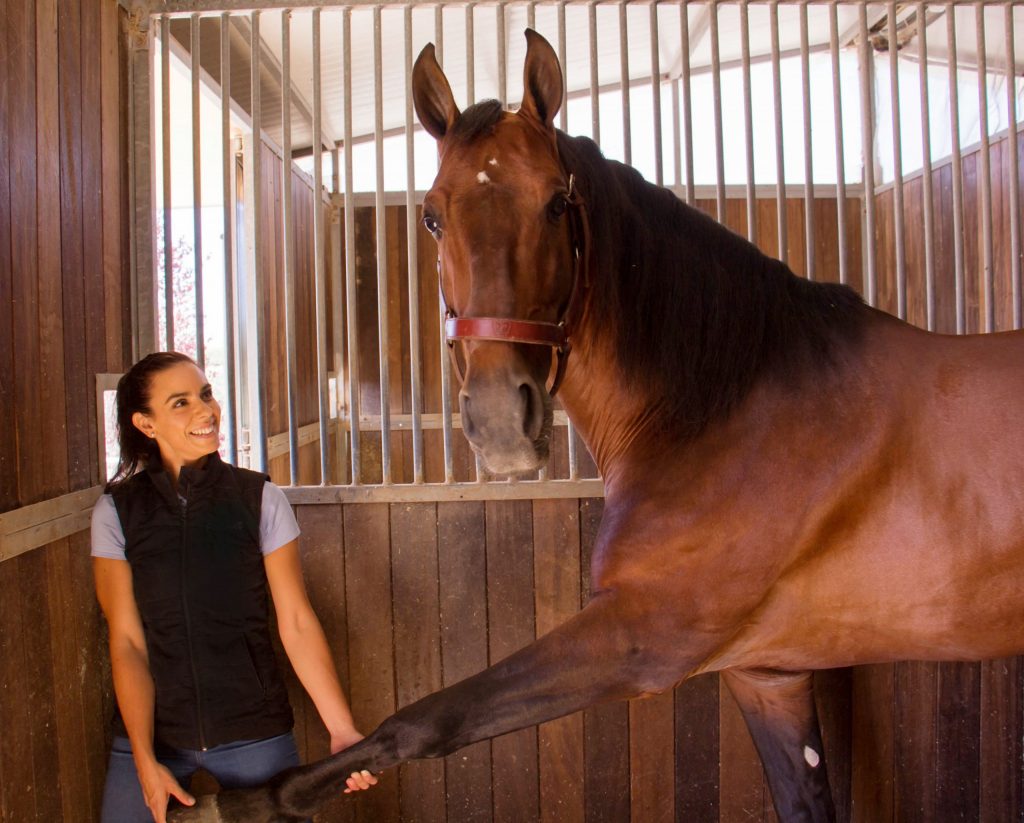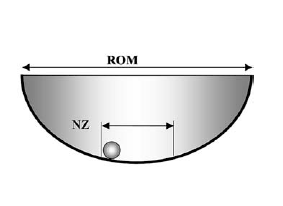
Before delving into compensatory alterations from any injury or musculoskeletal alterations of the horse, we must acquire basic knowledge about muscular anatomy.
We must remember that muscles are made up from fibers organized into motor units; which contain apart from the muscle fibers, a motor neuron, an axon and its branches.
Types of motor units: The intensity of the load indicates what type of fiber is contracting.
- Slow motor units (tonic): type I
• Slow speed of contraction.
•Low force of contraction.
• They are resistant to fatigue.
• They are recruited before fast motor units when using loads less than 25% of the maximum force of contraction.
•They are key in stability and postural control.
- They are key in stability and postural control.
• Fast speed of contraction.
•High force of contraction.
• Fatigue easily.
• They are recruited before fast motor units when using loads less than 25% of the maximum force of contraction.
• They are key in the dynamics.
** It should be said that phasic fibers can work in static and tonic fibers in dynamics.
Classification of muscles: they are classified related to their function.
- Stabilizers:
- Local: they are deep muscle groups that control intra-articular sliding, thus generating low intensity forces. Its function is to control the neutral position of the joint when the activity of the passive stabilizers is minimal. During their contraction there is a little variation in muscle length. The activity of this type of musculature is independent of the control of movement and continues throughout the joint movement. Importantly, its contraction starts milliseconds before the movement begins.
- Global: these are posture control muscles and generate medium / low intensity forces to control the entire range of motion. Its activity is not continuous and depends on the direction of movement. The stabilizing function they perform is through:
- Concentric task: Control of the internal route.
- Eccentric task: Control of the external route.
- Isometric task: Postural maintenance.
- Global mobilizers: these are muscles that control dynamic movement. They generate high intensity forces to produce large amplitudes of motion from concentric tasks, but can also work eccentrically to decelerate loads. Activity of these muscles is not continuous and depends on the direction of movement. It is important to know that they can have a global stabilizing action in high speed movements and / or high biomechanical load.
Imagen 1: Rango de movimiento articular y zona neutra articular


